I explored an English ghost town that was evacuated in World War II, and I couldn't help but feel heartbroken for the 225 villagers who lost their homes
Maria Noyen

- For nearly 80 years, a tiny town on the southern coast of the UK has been abandoned.
- During WWII, Tyneham Village residents were told to leave their homes — most thought temporarily.
Hundreds of residents once called Tyneham Village — a small town on the southern coast of the UK — home. But that changed forever in 1943.
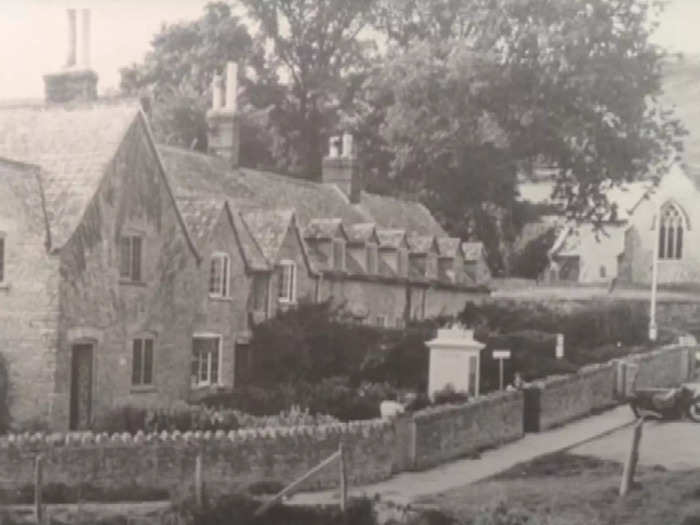
Roughly four years into World War II, as British troops fought against Nazi Germany, 225 residents of the small village of Tyneham in southern England were evacuated from their homes. They were told the land was needed for military training, according to the Tyneham Parish Clerk's website, and were given a month to leave.
According to the BBC, the village was located on a 3,003-acre estate owned by the same family for over 300 years. Some of the residents had lived and worked there for generations.
Their lives changed forever on December 16, 1943, when they left their homes not knowing when, or if, they'd ever return.
After reading about Tyneham, I set out on the three-hour drive from London to see what remained of it nearly 80 years later.
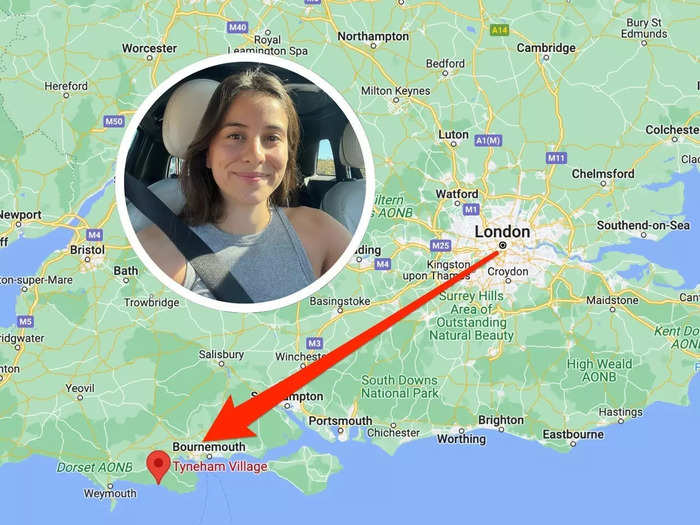
Being a little bit obsessed with "Indiana Jones" in my childhood, I wanted to see what was left of the "lost village" of Tyneham for myself.
Today, the land it's located on is owned by the UK's Ministry of Defence and is open to the public from 9am until dusk on days when no military activity is taking place.
From London, I drove roughly three hours to the south coast. Along the way, I noticed how traffic-packed motorways turned into winding countryside roads and concrete sidewalks gave way to fields of green.
The closer I got, the more I could imagine how painful it would've been for anyone to leave this idyllic seaside town behind.
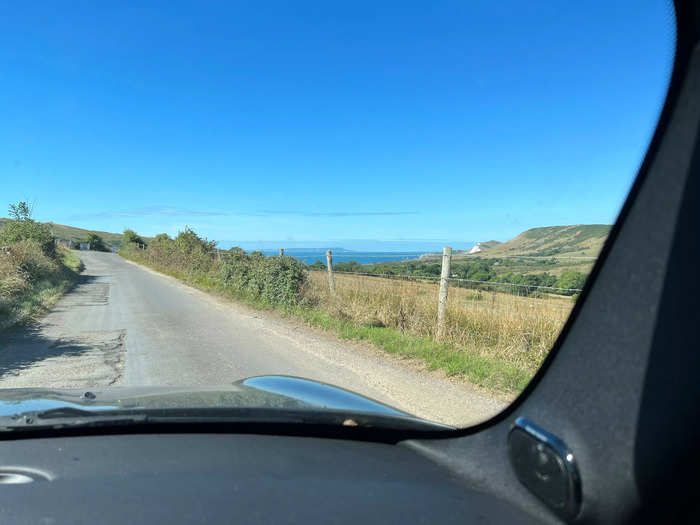
28 days before Christmas, Tyneham Village residents were issued a formal notice that the land they lived on was going to be seized by the army.
The letter — written by Major-General C. H. Miller — explained said the evacuation was in the national interest and would give British troops "the fullest opportunity to perfect their training in the use of modern weapons of war."
"The Government appreciate that this is no small sacrifice which you are asked to make," Miller wrote. "But they are sure that you will give this further help towards winning the war with a good heart."
And while it's been nearly 77 years since the end of World War II, signs like this made it clear there's still a military presence in the area.
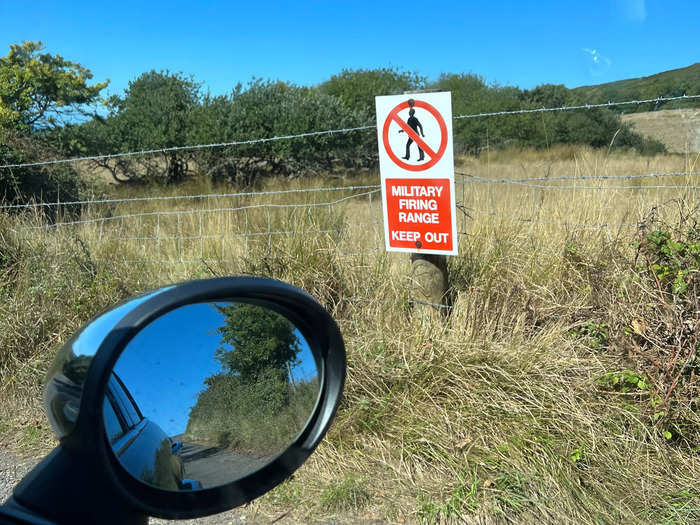
Driving slowly down the quiet road toward Tyneham Village, a sign pinned to a wooden stump by the side of the road caught my eye.
"Military Firing Range," it read. "Keep out."
I first toured the abandoned outbuildings at Tyneham Farm, where some former residents made a living.

While most of Tyneham was gradually reopened to the public in the 1990s, it wasn't until after a community restoration project took place in 2008 that non-military personnel could access the village farm.
According to the OPC website, Tyneham Farm once kept livestock like cows and pigs, and also had a granary. Former village residents made a living working on the farm, the BBC reported.
While the farmhouse no longer stands, several outbuildings — including the stable and the barn — are still around.
It's been decades since it was a working farm, and I could see the effect of those years in the decaying wooden stables.
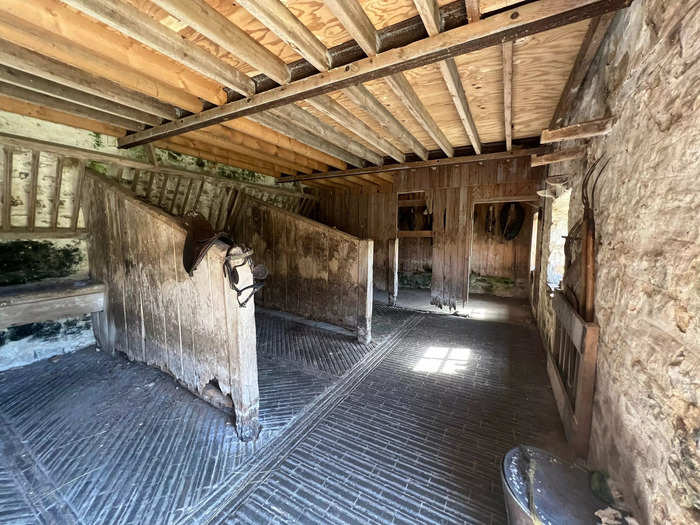
During its heyday, the stables could house up to "half a dozen horses," a sign outside the building read.
But from what I gathered walking around the barren building, those days are firmly in the past. Rotting wooden stalls, discoloration on the stone walls, and cobwebs clinging to windows show how time had ravaged the inside of the stables.
Although the renovation project helped make the ground floor safe for visitors, access to the upper floor is still prohibited due to instability from decay.
In place of horses, spiders made themselves at home in the stable, creating some of the biggest cobwebs I've ever come across.
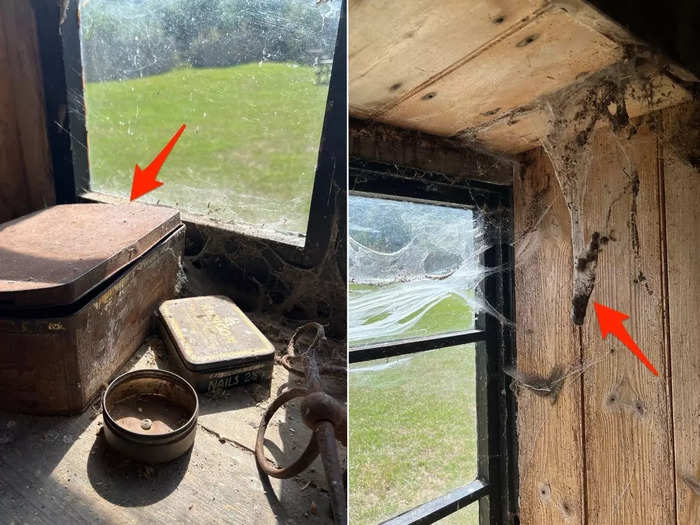
Left to rot for years, the stables became a home for spiders and other creepy crawlies. But post-renovation, they've had to once again share the space with visitors who travel to see Tyneham in person.
Lynda Price, who was the project manager of the renovation in 2008, told the Daily Echo she hoped to bring the dilapidated farm back to life to show others what it would've looked like prior to the 1943 evacuation.
From the stables, I wandered over to what remains of the grand-looking barn, which was home to the town's theater until 1914.
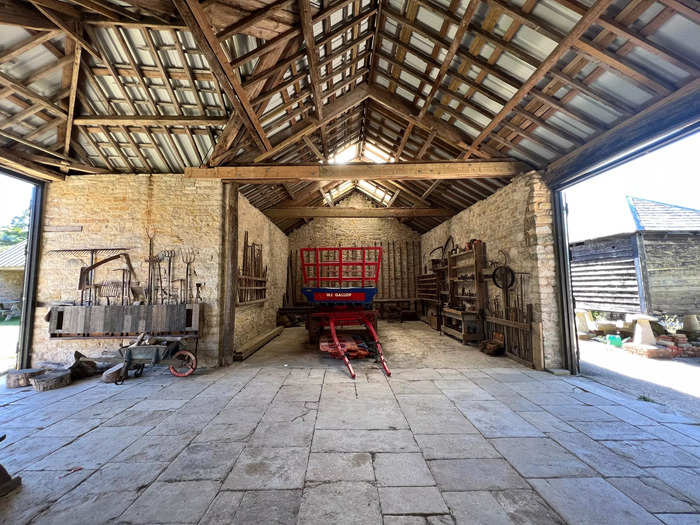
From 1899 until 1914, the barn at Tyneham Farm doubled as a theatre where concerts, plays, and pantomimes were put on for the local villagers, according to a sign on the wall inside.
But that came to an end just as World War I started, the sign added.
"Young players were growing up and moving out into a world shaped by conflict," the sign read. "Within a generation, the seemingly idyllic way of life on this country estate was over."
Farm life prior to the evacuation wasn't without hardships. According to Price, many villagers lost their jobs when modern machinery was introduced.
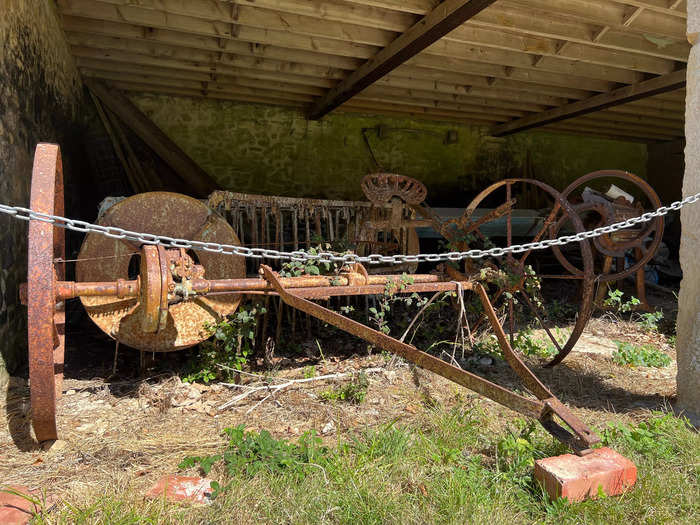
According to the OPC website, the last owner of Tyneham Farm was a man called Sidney George Churchill, who Price said "wasn't popular" among locals, many of whom made an income working there.
"He was a newcomer for one thing, but he also brought the first tractors to the valley," she said in her interview with the Daily Echo.
"Previously everything had been done by horse, so he laid farm workers off — and, of course, he got all the compensation when the village was evacuated," Price said.
After the farm, I made my way to Tyneham Village — from a distance, it looked more like a Roman ruin than a row of homes.
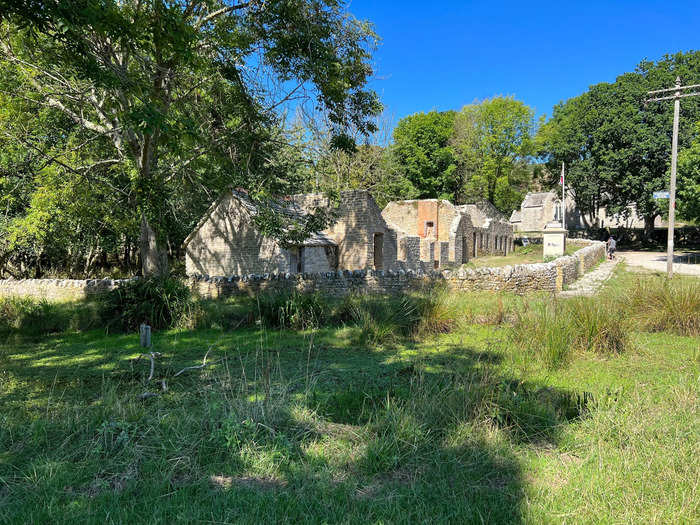
According to a 1945 report in The Western Gazette, a regional newspaper in Somerset, 102 dwellings were emptied during the 1943 evacuation.
"Nearly all the persons evacuated were farmers, smallholders, farm laborers, fishermen, or other members of the working classes or elderly persons who had ceased work," the article read.
I had zero phone signal in the village, which made sense when I saw that the only telephone pole lacked any wires.
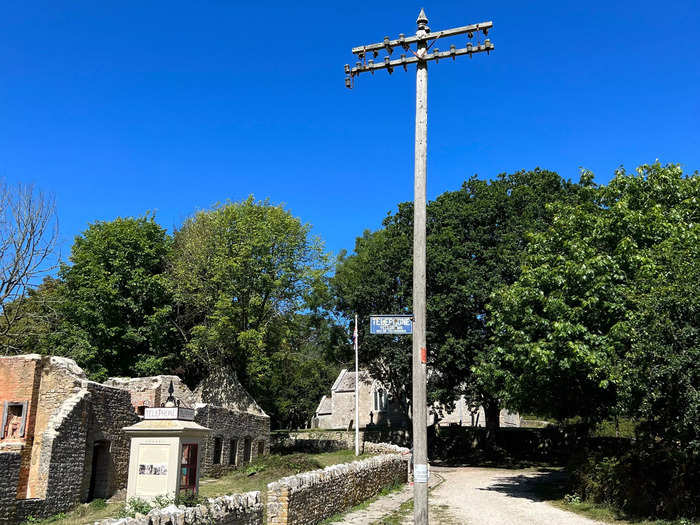
The single, wireless telephone pole stood near the start of the row of houses. Attached to it was a blue sign that read: "Telegrams may be telephoned."
According to The Guardian, telegrams disappeared in the UK in 1982, decades after Tyneham Village had been abandoned. As I looked up at the remaining pole, I thought it seemed almost like an artifact from a bygone era.
The first house I entered once served as the village post office and was last inhabited by the Driscoll family.
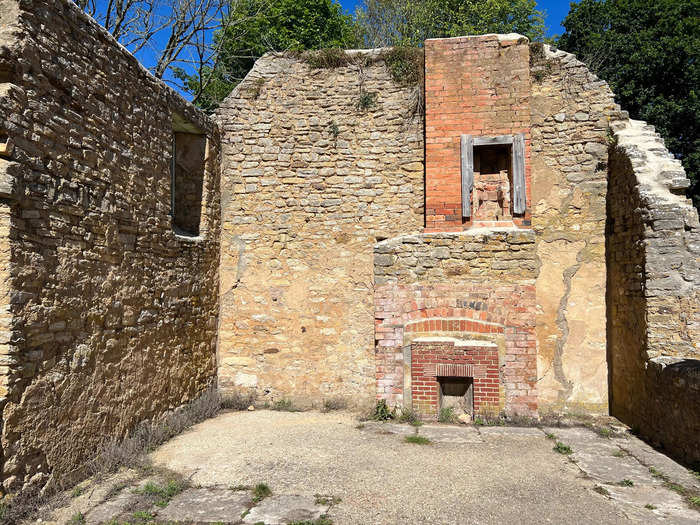
According to a sign pinned to the wall, the Driscoll family were the last residents of No. 3 The Row, which also served as the village post office.
Other than the remains of a fireplace on the wall, there wasn't much else to give me a sense of what the house would've looked like inside before it was abandoned. Grass sprouted from underneath cracks of the stone floor and there was no roof.
Even though the houses barely resembled family homes, I felt almost like I was trespassing on someone's private property while I was there.
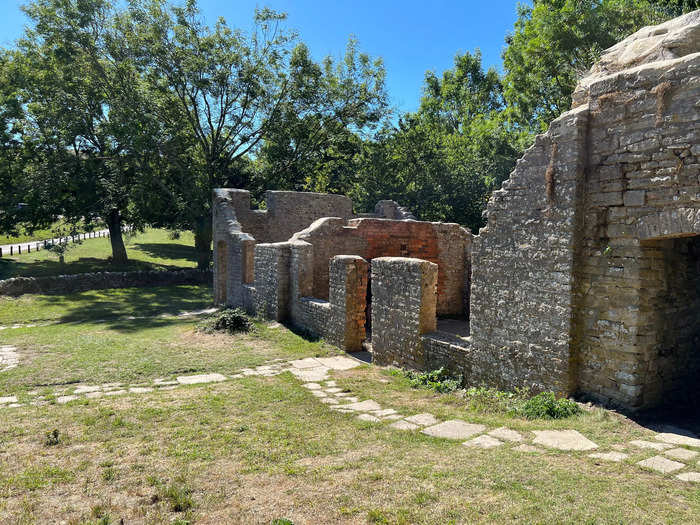
According to The Western Gazette, residents like the Driscolls — who'd only moved into the house in 1938 — had mixed emotions about leaving their homes, even when they thought it was going to be temporary.
"The evacuees, many of whom had served in the last war, or had sons or daughters away from home serving in this war, accepted the evacuation order with a sore heart," the Gazette article reported. "But with a splendid patriotic determination to help in every way possible."
Making my way up the street, I spoke with Jean Pincher and her daughter Tania, who said the evacuation remains "a needle in the heart of local people."
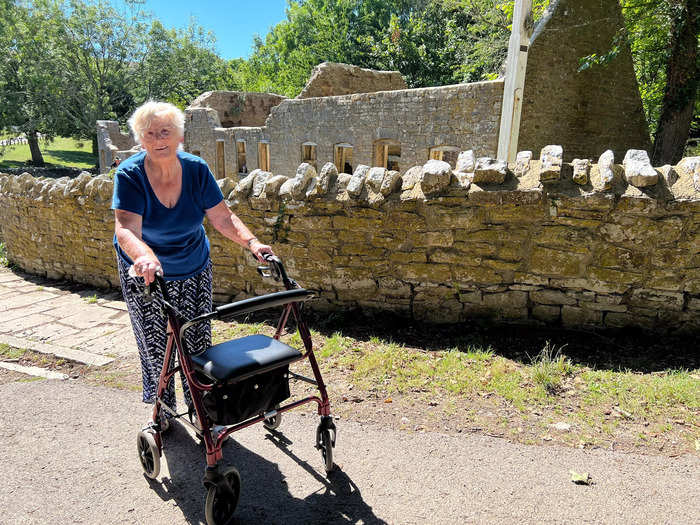
Jean Pincher, 82, grew up in the neighboring town of Wareham, one of the places Tyneham Village residents relocated to after the evacuation.
That's how she and her daughter Tania, who were spending the afternoon visiting the village, said they met Arthur Grant. He was a former Tyneham resident, they said, who died in 2010. Grant, a photographer, was well-known around Wareham and took photos for Jean's wedding.
In a later email to Insider, Tania said her mom Jean told her that local people were keen for the villagers of Tyneham to return home. "This was a promise the Government made and they had moved out in good faith," Tania said.
Knowing Grant, Tania said the story of Tyneham is "a travesty" and proof the government had made them "a broken promise."
In 1996, Grant — whose childhood home now sits in disrepair behind a fence — told The Sunday Telegraph there was "utter despair" when the village was evacuated.
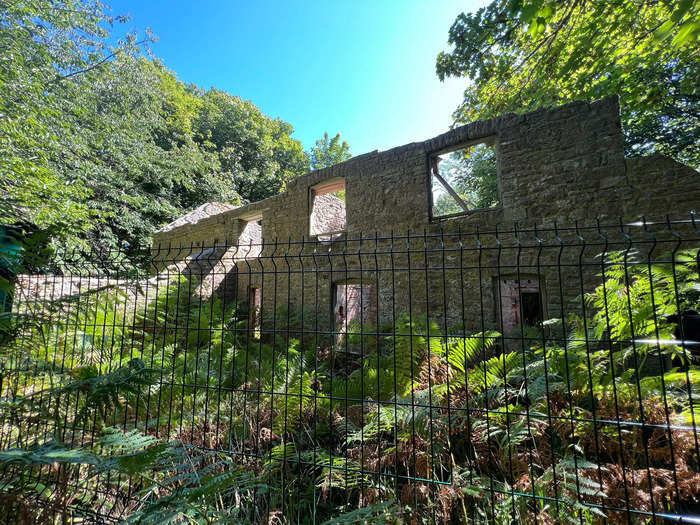
"I was away at sea at the time, but I remember how sad it was for everyone," Grant, then 75, told the publication. "There was utter despair when Tyneham had to shut down. But people thought they were doing it for king and country and there was a promise of coming back, a promise that wasn't kept."
Grant said as the years passed, former residents tried in vain to convince the government to let them come home.
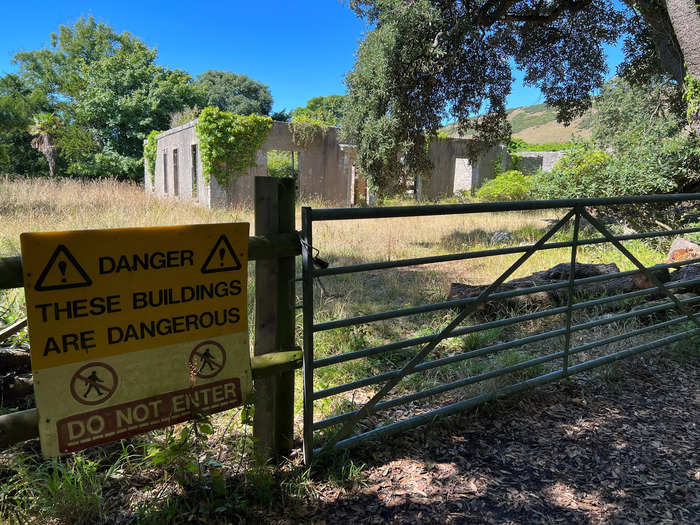
"There was such resentment," Grant said. "There were action groups formed, but to no avail."
But as the government slowly started to open Tyneham to the public and reconstruct certain buildings for visitors, he said his perspective evolved. "Now I'm sort of glad this has happened. It's kind of a memorial to the past and to the residents, few of whom would be alive now."
One of the ways Tyneham has been memorialized is through the reconstruction of the schoolhouse, which had shut its doors years before the evacuation.
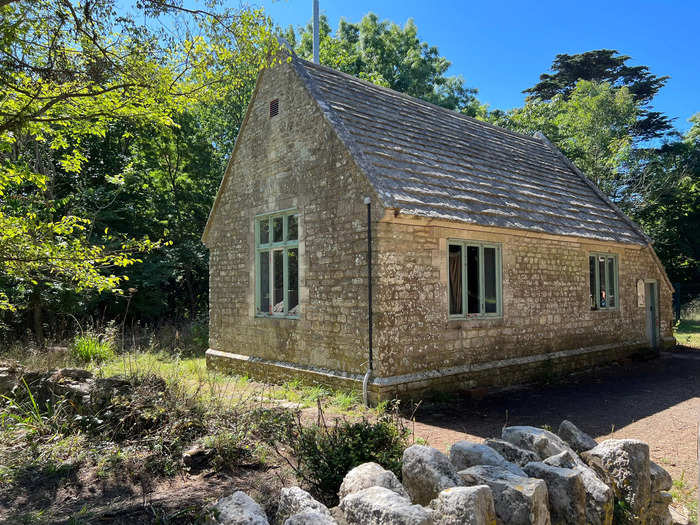
Tyneham's schoolhouse was originally built in 1856. For decades, it was where children in the valley between the ages of five and 14 were taught together, according to a sign outside the building.
But by 1932, the number of students dwindled to the point where the schoolhouse was shut down and converted into a village hall, according to the OPC website.
Today, the building is a reconstruction of what it would've looked like before the schoolhouse closed for good.
I felt like I'd been transported to a different era when I stepped into the school.
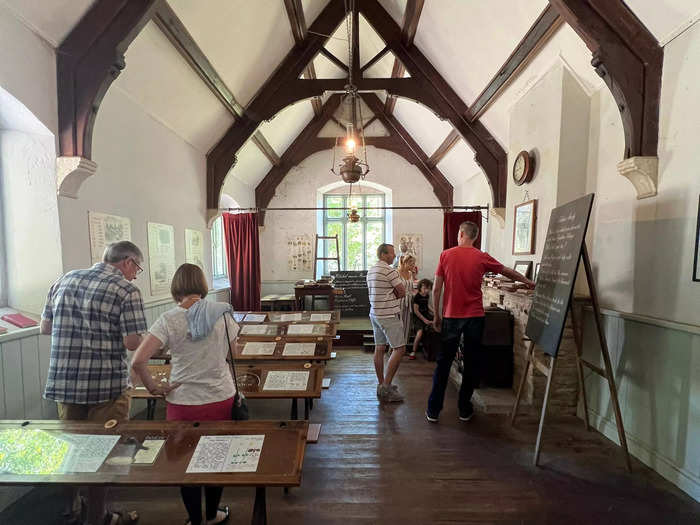
From portraits of King George V and Queen Victoria hanging on the wall to tattered encyclopedias stacked on a wooden bookshelf, it was like I was in a time-warp.
Cursive, handwritten essays displayed on each desk also helped me to picture the schoolhouse in its prime. According to The Sunday Telegraph's 1996 report on Tyneham, the details put into the essays were recreated from memories shared by former Tyneham residents during the reconstruction.
While I was in the schoolhouse, it was fascinating to hear young children, presumably brought to spend the afternoon in Tyneham by their parents, running around outside. Closing my eyes, I could almost imagine them being local students from the 1920s.
Even though Tyneham's history is honored through historical displays, it was sad to know that it came at the expense of people who just wanted to go home.
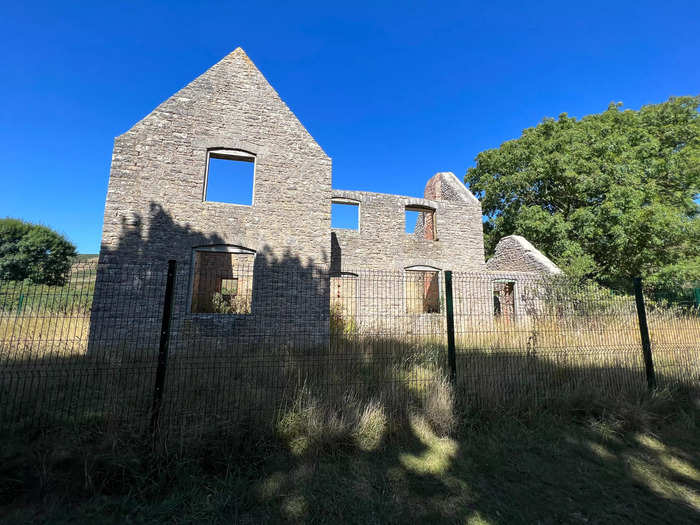
One of the saddest accounts I came across while walking through Tyneham was that of John Gould, who was born in the village in 1912 and was away fighting in the war when his family was evacuated.
He wrote to Prime Minister Harold Wilson in 1974 pleading to be allowed to return, according to a sign displayed close to his deteriorating childhood home.
"Tyneham to me is the most beautiful place in the world and I want to give the rest of my life and energy to its restoration," Gould, who died in 2010, wrote in the letter, which is available to read on the OPC website.
Knowing he may never be allowed to return home alive, Gould made a second plea: to be at least buried in the village churchyard.
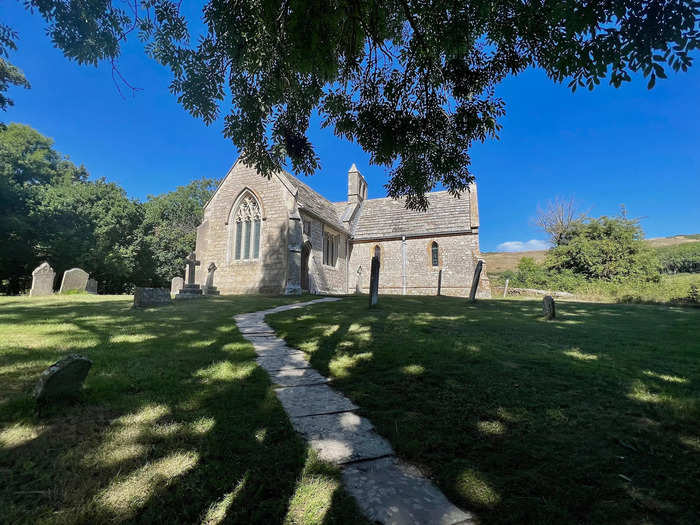
"If you reject this plea, I must make a second request," Gould continued in his letter to Wilson. "When my time comes, I will be interred in Tyneham Churchyard. It is there — and in memory of many old friends, my Grandparents and Uncle Tom, who were allowed to live out their lives at Tyneham — that I would like this wreath to go."
"Most of all, I want to go home," he concluded.
I also read that the last resident to leave in the evacuation pinned a note to the church door asking the military to treat the village "with care" while they were gone.
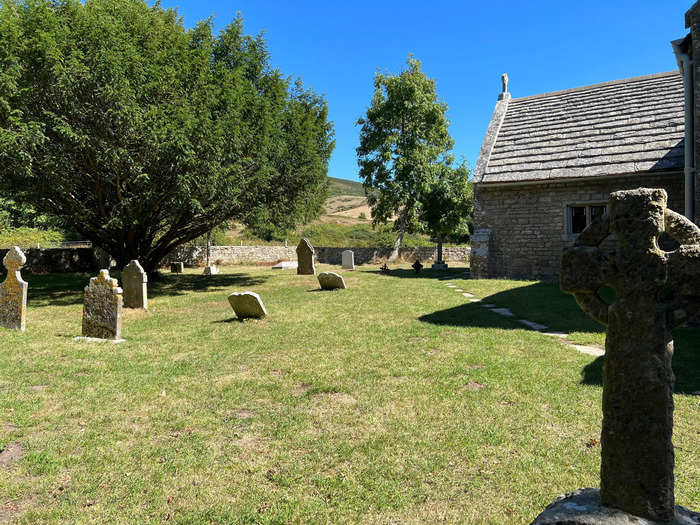
"Please treat the church and house with care," a recreation of the note pinned to the door of the church read. "We have given up our homes, where many of us have lived for generations, to help win the war to keep men free."
"We will return one day and thank you for treating the village kindly," it concluded.
But that, of course, never happened. Despite campaigns led by locals in the 1960s and 1970s, the area remained firmly under the ownership of the British government, according to a sign in the village.
As I prepared to leave Tyneham, I couldn't help but feel heartbroken for the 225 villagers who paid an unfair price for losing their village.
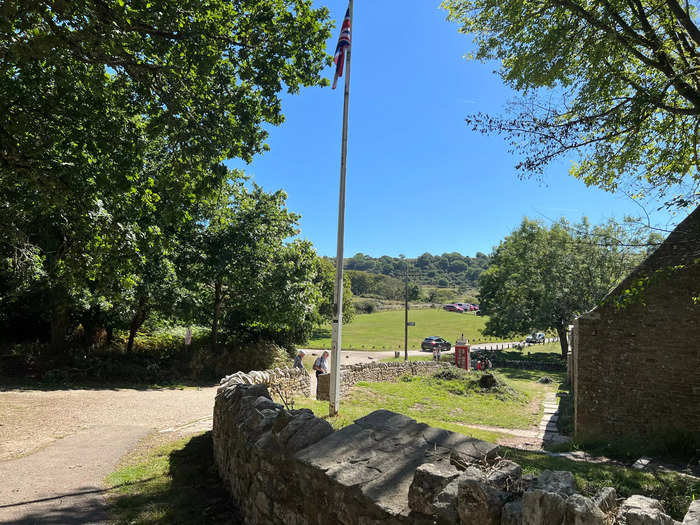
According to the BBC, most residents of Tyneham Village were reportedly only given the worth of the vegetables growing in their backyard in compensation for the loss of their homes.
As I headed back to my car, I thought to myself that they had no idea just how unbalanced that exchange would really be in the long run.
Ultimately, however, it's unlikely Tyneham Village will ever be inhabited again, which does make it a ghost town. But seeing so many people visit it the same day I did means that in some way, the village — and the memory of all those who called it home — is still very much alive.
Popular Right Now
Popular Keywords
Advertisement